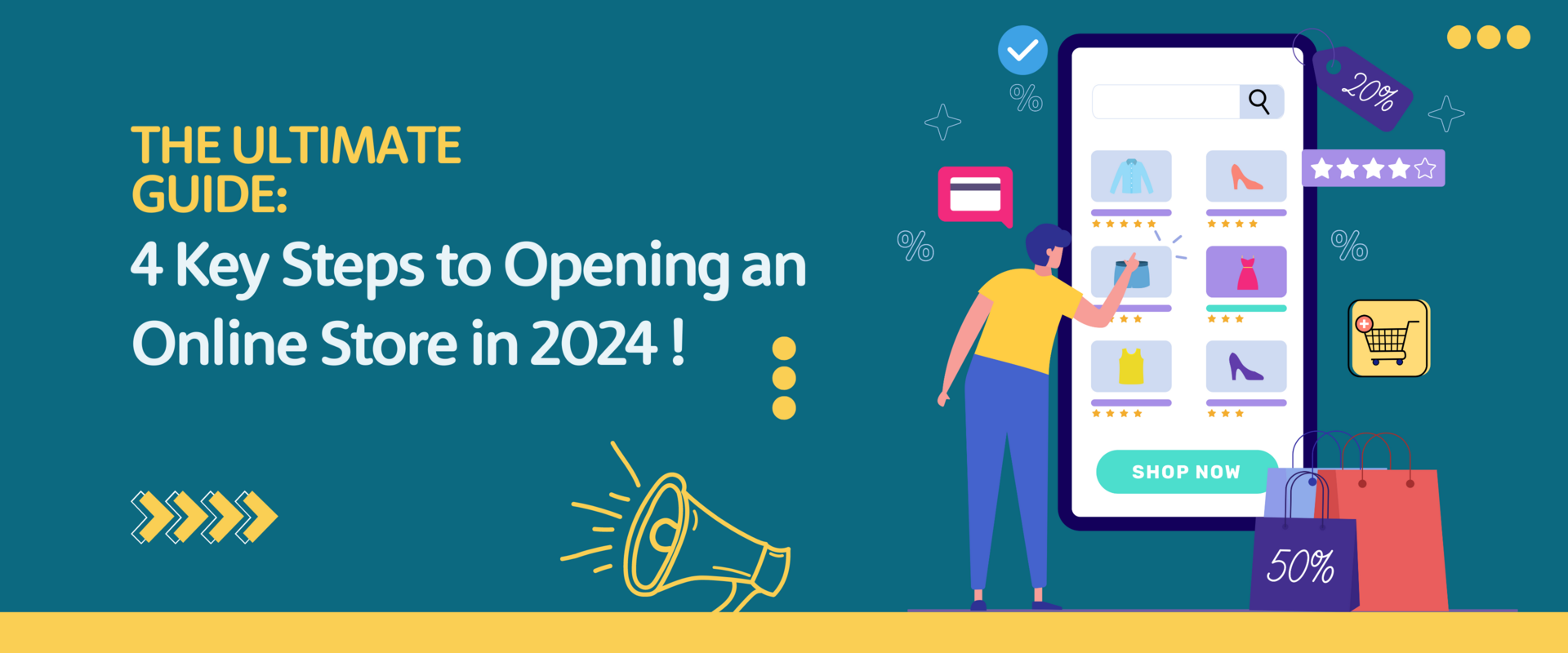
In Hong Kong's rapidly evolving digital era, it has become an irreversible trend for retailers to set up online stores. With a significant shift in consumer shopping habits and a growing demand for convenience and speedy service, establishing an online store for Hong Kong retailers is not only following the trend but also a strategic move that must be taken. It breaks through the geographical and time constraints of traditional retail, allowing businesses to reach a wider customer base while reducing the high costs that physical stores may bring. In this fiercely competitive market, retailers without an online presence may find themselves at a disadvantage. Therefore, this article will explore the 4 key steps to opening an online store, enabling business owners to successfully and efficiently launch their online ventures, driving business growth and brand development.
Analyze Your Target Audience
Opening an online store isn't a matter of following the crowd. Before starting online sales, you must understand who your customers are. Conduct market research to identify demographics, shopping behavior, and preferences. How can you do this? Here we introduce some useful and free tools to get you started:
Keyword Research Tools
Tools like Google Keyword Planner can help you understand what potential customers are searching for online. These insights can guide your content strategy, product development, and SEO efforts.
Google Analytics
Google Analytics is a powerful tool that provides rich information about the visitors to your website. It can show you demographics, user behavior, acquisition channels, and more.
Social Media Analytics
Platforms like Facebook and Instagram offer built-in analytics tools that let you understand the demographics, interactions, and behavior of your followers. You can use this data to tailor your content and ads to better match the preferences of your audience.
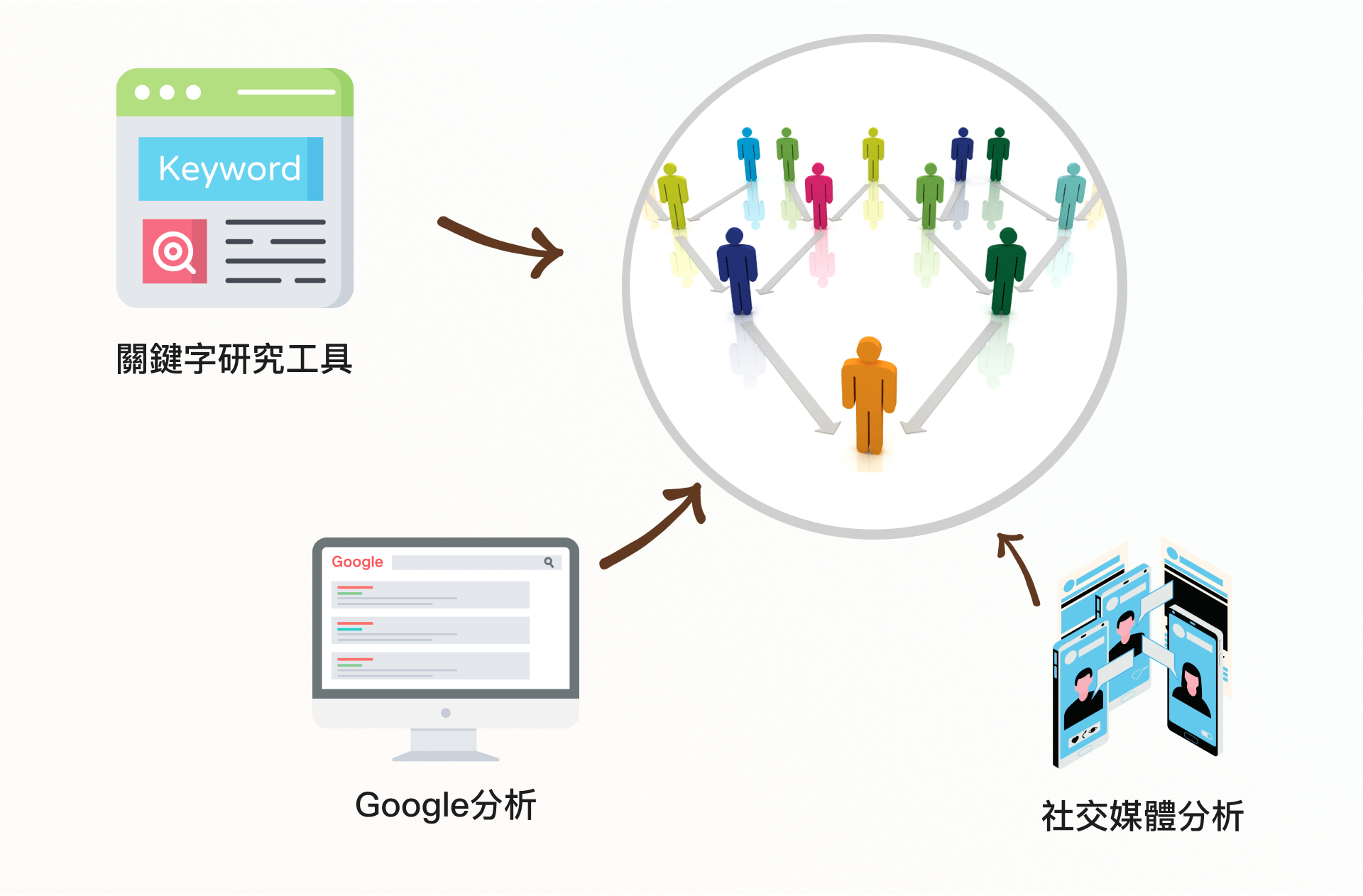
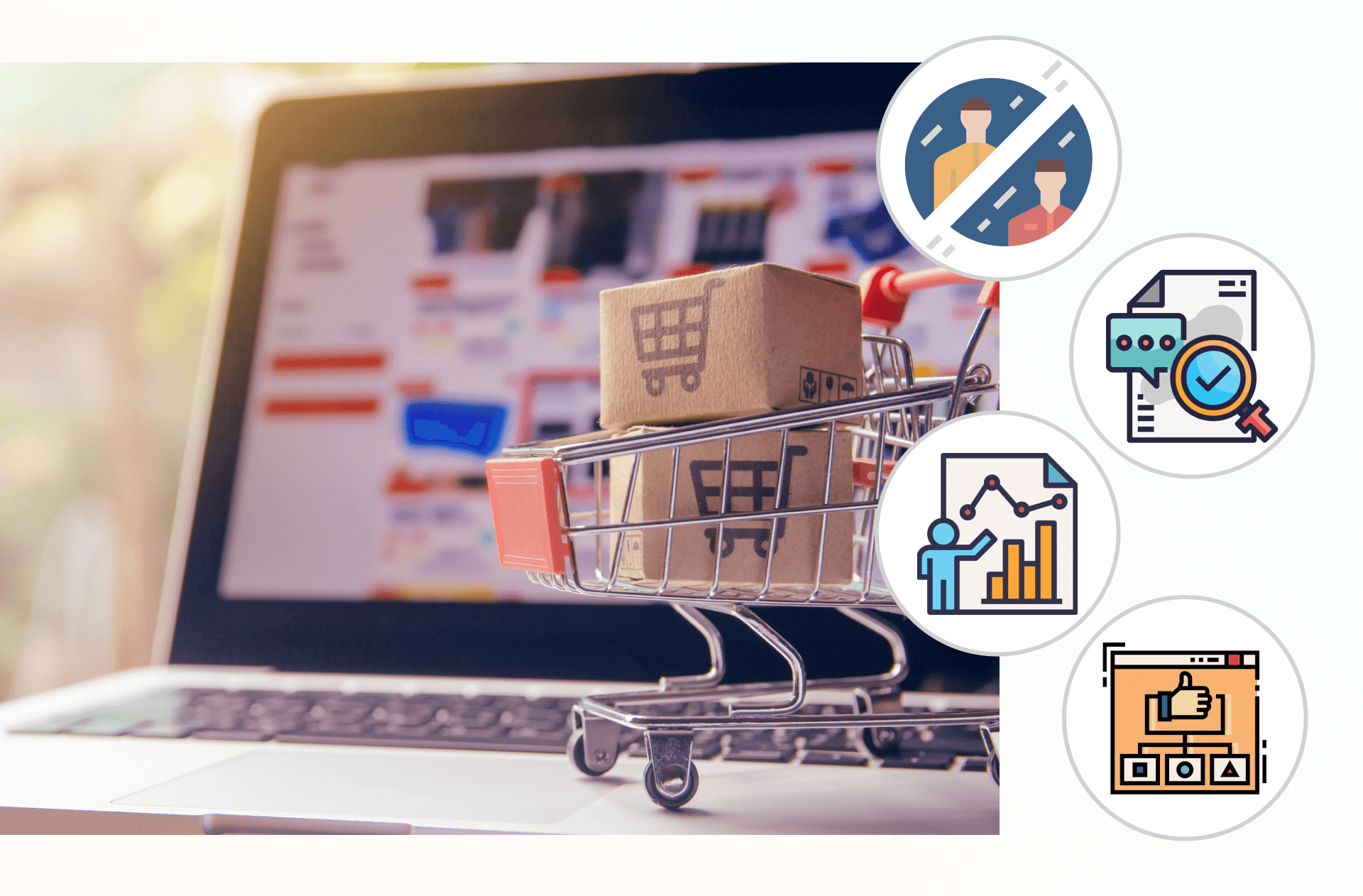
Establish a Competitive Brand Positioning and Style
Your brand personality should resonate with your target audience. Whether you choose a professional, casual, or luxurious style, ensure you maintain a consistent tone across all platforms and customer interactions. This consistency builds trust and recognition. How can you differentiate from competitors? We recommend spending some time conducting a competitor analysis.
Step 1: Identify Your Competitors
Start by listing direct competitors who sell similar products or services and target similar markets. Don't overlook indirect competitors offering different goods but vying for the same customer base.
Step 2: Evaluate Their Content
Review their content on social media/online stores, including blogs, videos, and social media updates. Assess the tone, style, and topics covered.
Step 3: Synthesize Your Findings
After collecting data, look for patterns in how competitors position themselves. Identify gaps in the market or areas where your brand can stand out. Is there a tone or brand personality niche that is not fully utilized?
Step 4: Define Your Unique Brand Positioning and Tone
Based on your research, define your brand positioning statement and decide on a tone that aligns with your brand values, appeals to your target audience, and differentiates you from competitors.
Choose an Online Store Creation Platform to Build Your Own Store
Generally, a good online store creation platform should have the following characteristics:
Flexible eShop Builder Modules
Some platforms are highly flexible, allowing merchants to design all functions themselves, but usually, these platforms require a high level of IT knowledge. On the other hand, some platforms are template-based, offering simple online store templates for users to choose from; the downside is that they often lack functionality.
Posify offers beautifully designed templates while allowing users to customize brand colors, text, images, and videos with drag-and-drop ease. It facilitates the design of different landing pages, providing the best shopping experience across various devices, including desktops, tablets, and smartphones.

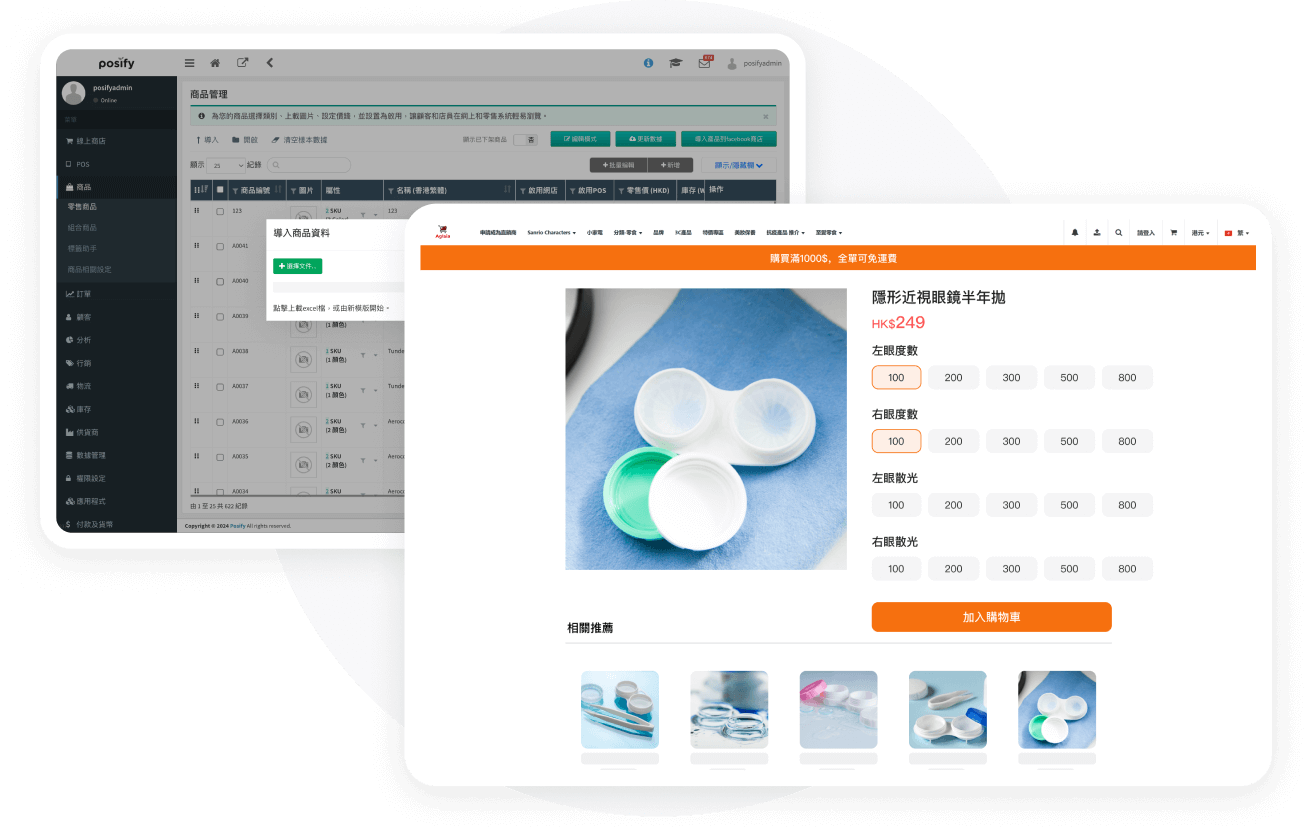
Comprehensive Inventory and Order Management
Efficient inventory and order management are also crucial. Real-time inventory tracking helps prevent stockouts or overordering, which can affect customer satisfaction and your profit. Streamlined order management ensures orders are processed efficiently, reducing errors and speeding up delivery times. As your business grows, your e-commerce platform should be able to handle an increased volume of orders without affecting performance.
Posify can support 1000+ SKUs, allowing goods to be stocked and supporting warehousing functions, such as stock transfer and inventory checking, while tracking the inventory of each product SKU, further simplifying inventory and order management. Products can be pre-sold, with pre-sale orders automatically queued in the backend, and customers can be notified with one click upon arrival, greatly simplifying the order management process.
Built-in CRM Functions
Most e-commerce platforms lack or have minimal membership functions, which means they cannot effectively convert visitors into members. However, in the online world, data is king. The more data you have, the more invincible your position will be. Imagine if a customer has made multiple purchases but has not been identified as a member, or if the system cannot support automatic membership tier upgrades. Without understanding customer behavior and preferences to create targeted campaigns to encourage sales, you're undoubtedly missing out on great opportunities. Therefore, an e-commerce platform with strong membership functions is crucial. Posify offers comprehensive membership features, points, cash dollars, automatic sending of holiday promotions, and enhances member loyalty, ensuring a 100% increase in the repeat purchase rate for your online store.
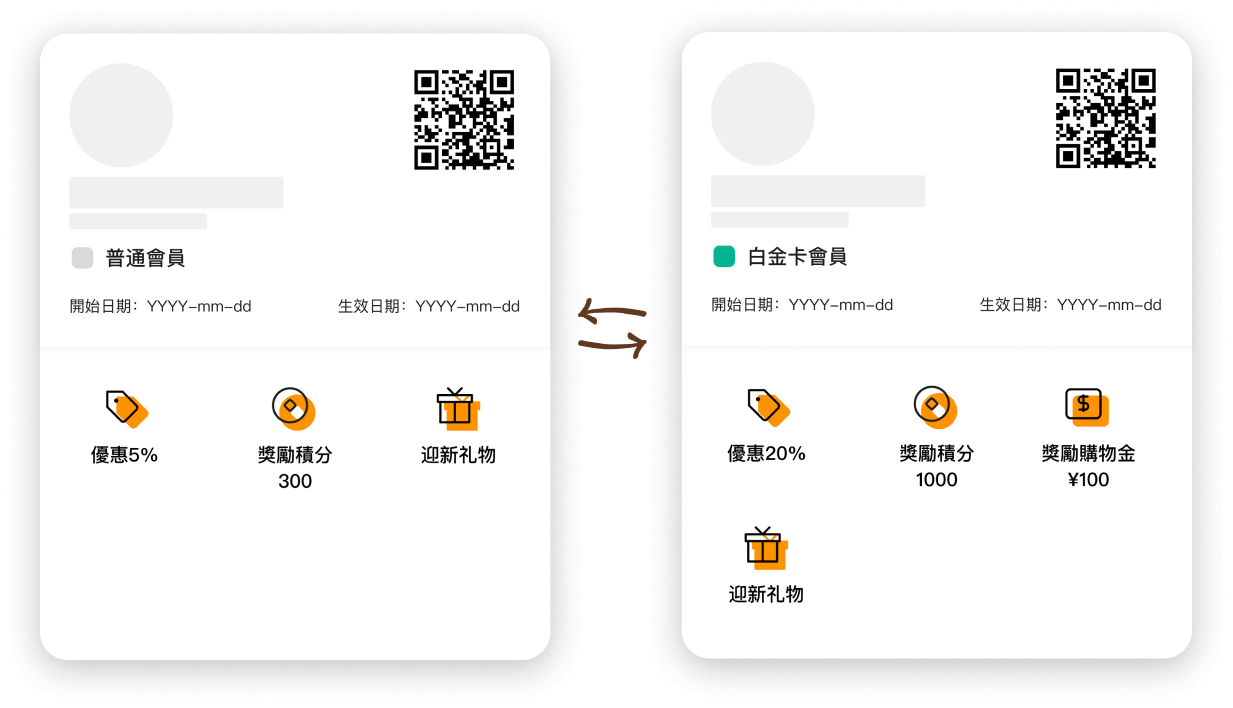

Utilizing Digital Marketing Tools
Many retailers often think that once they set up an online store, traffic and customers will naturally grow. This is a significant misconception. Merely setting up an online store does not guarantee sales. It requires efforts in marketing, SEO, and providing excellent customer service to attract and retain customers.
Search Engine Optimization (SEO)
SEO can improve your visibility in search engine results. Guide your content creation with keyword research, optimize product descriptions, and make effective use of metadata. Remember, SEO is a long-term strategy.
Google Ads
Investing in Google Ads can quickly put your product/service at the top of search results. Use targeted campaigns and continuously analyze and adjust your strategy based on performance data.
Facebook Ads
Facebook has billions of users and offers a vast audience. Use its refined targeting options to reach potential customers based on interests, behaviors, and demographic information. Combining attractive content with strategic ad placements can drive traffic and conversions.
At this point, many retailers might say that Google Ads and Facebook Ads are too complicated, and they don't know where to start. In fact, Google Academy and Facebook Meta Blueprint offer many free tutorials to help you quickly learn the tricks of the trade. You can also keep an eye on our Blog, where we share marketing tips from time to time, mastering the path to victory. Additionally, Posify has seamlessly integrated Google Analytics and Facebook Pixel so that you can track key data at any time.
In summary, setting up an online store is the trend and exciting, but success won't come overnight. It requires careful planning, strategy, and continuous learning. By understanding your audience, differentiating your products or services, creating an engaging brand image, building an e-commerce site with a good customer experience, investing in SEO, and mastering digital marketing, your online store will not be far from success. Want to know how to quickly master this? Contact our consultants now to start your online business!




